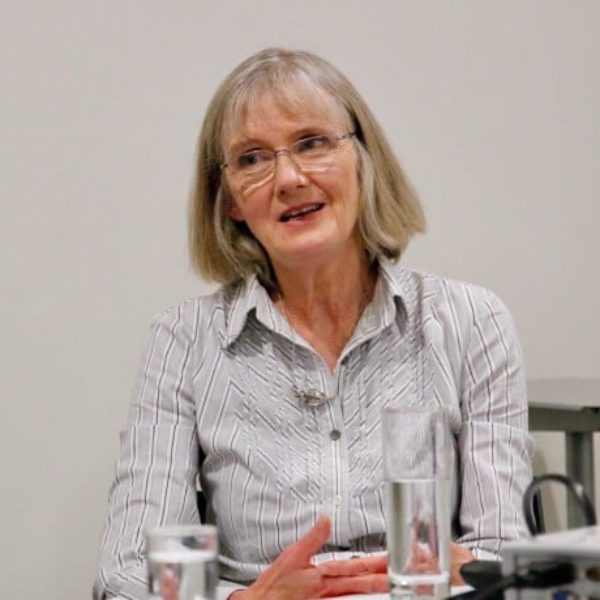The killing of Irish nun and medical doctor, Sister Aidan Quinlan, in the East London riots of 1952 at the height of the ANC Defiance Campaign, is an event that has long been difficult in the telling. Sister Aidan, of the Dominican Order of the Catholic Church, lived and worked in the township of Duncan Village and was killed in a riot by members of the community that she served. A meeting, called by the ANC, had been disrupted by police. In the violence that ensued, scores of black and coloured people were shot by police and two whites, Sister Aidan and an insurance salesman, were killed by the mob. The church, school and clinic at the Catholic Mission were burned to the ground.
Sister Aidan’s death had profound repercussions – for the Defiance Campaign, for the ANC and for the country at large – and caused deep trauma for individuals, including members of the Duncan Village community and others who knew her well or merely learned of her death. Although widely reported at the time, there soon developed strange silences around the event. Historical texts on that period of South Africa’s history barely mention the riots and her killing.
The book that I will be working on during my STIAS fellowship draws on extensive archival and field research as well as personal family documents and memories to break those silences and confront the unspeakable. Straddling the genres of creative non-fiction, life writing and memoir, I provide a fresh account of what happened that day, tell life stories of some of the key figures and record the many attempts by next generation Duncan Village residents to seek forgiveness on behalf of a previous generation and thereby redeem their township. The book is also a personal story – my own mother had encountered Sister Aidan while in hospital and was deeply affected by the nun’s death.
I hope to make a substantial contribution to the history of the liberation movement in South Africa, in particular the 1952 ANC Defiance Campaign and the role of missions and missionaries in that struggle, while also exploring the relationship between fear and racism, the intergenerational transmission of fear and guilt and the meaning of forgiveness and reconciliation.


